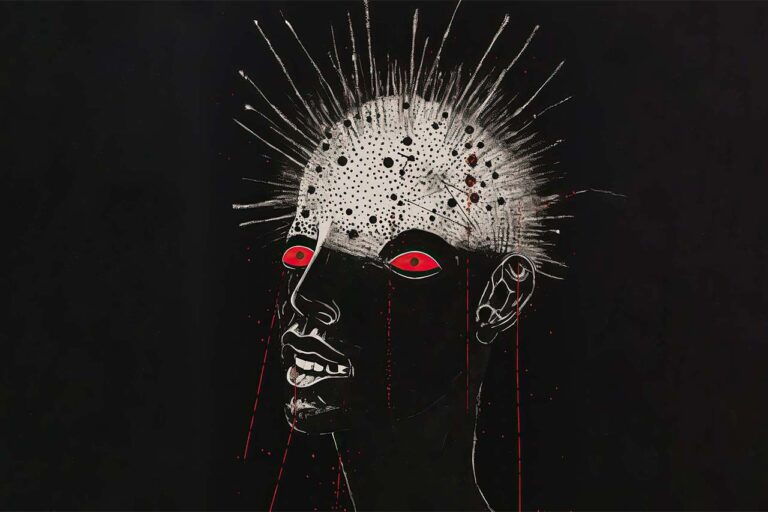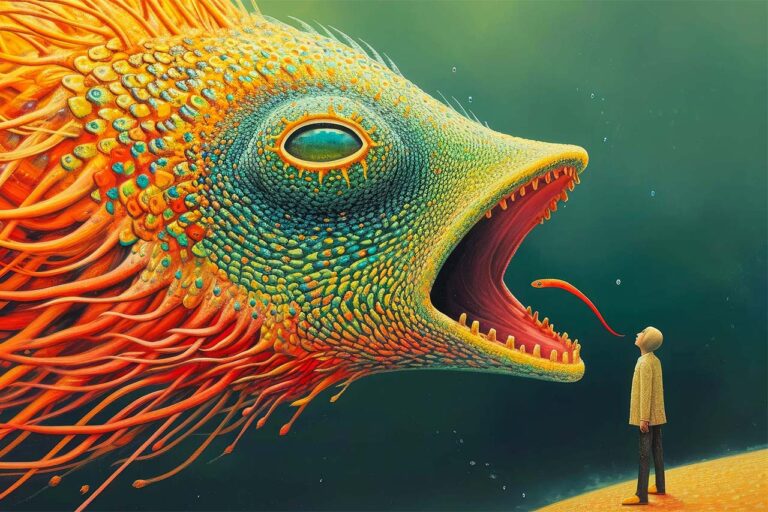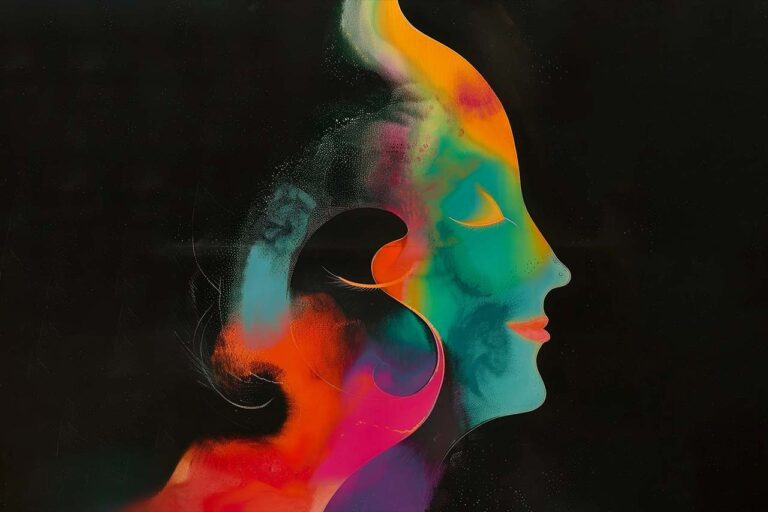
Info
- Generative artwork by Olio Imaginarium
- Generative & interactive installation, HD Projection, music, audio, generative engine
- Thesis, 83 pages
- Year: 2012
Reviews
"The artwork is executed harmoniously, utilizing skillfully captured, atmospheric photographs by the artist, composed music, and the recollections of the protagonist. The personal level (conversations with a relative) intertwines seamlessly with the broader backdrop of nostalgia (a life lived). The non-stop structure is effective, and I would be delighted to see the artwork showcased in various public spaces. The written component is logically structured, and its linguistic expression is excellent. The artwork forms a relational system, a horizon of events, or an environment of action."
Pia Tikka, Senior Researcher, Aalto University
"A touching artwork that captures the unique presence and life of Annikki, an aging farmwoman, through generative storytelling. The way the artwork portrays the mental landscape built upon the fragile memories of the old woman feels remarkably immediate and therefore impactful. The artwork evokes a strong sense of capturing time and the personal experience of the protagonist."
Riikka Pelo, Award Winning Author
Artwork In brief
The generative artwork ”Layers of Memory” was my thesis project for Aalto University Media Lab in 2012. The debut presentation of the artwork took place at the Master of Arts exhibition in 2012.
The artwork consists of 14 memory narratives by the protagonist, Annikki 88, and her environment. The memories are presented as an ever-changing, multilayered, and associatively progressing stream. This way, the artwork portrays how the protagonist’s mindscape ”lives” and evolves along with the life history of the subject.
The generative engine of the artwork combines elements from a media library – images, videos, audio, and music fragments – to create new variations of memory narratives. Each story is associated with approximately a hundred elements, which can be combined to form over 67 billion different scene variations. Furthermore, the interactive installation reacted subtly to the noises of the environment, triggering videoloops.
Please watch the accompanying video recordings (2 x 12 minutes), where the same three stories are presented in different scene variations. The videos cannot fully convey the uniqueness of each scene, but by comparing them, you can get an idea of how the artwork lives and continually emerges in the moment.
Read more on the generative design strategy and the background process from my thesis (PDF).



